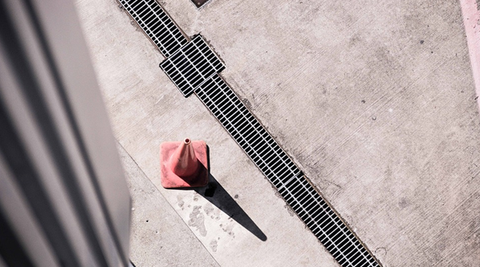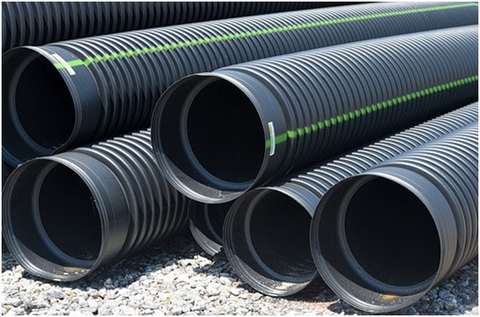Sustainable Urban Drainage Systems
Sustainable Urban Drainage Systems Overview
Sustainable urban drainage systems (SuDS) are a series of installations and practices designed to drain surface water in a sustainable and environmentally friendly way. With new planning regulations put in place in April 2015 following the Pitt review into the 2007 floods, SuDS are becoming more and more commonplace. Under this legislation, planning applications that include SuDS as part of the design are much more likely to get approved than those do not have them included.

Rapid urbanisation in certain areas has dramatically reduced the surface area in which rainwater has to dissipate in the surrounding environment. This new legislation tackles that with developments now having restrictions applied to them with regards to what can be discharged into a sewer or watercourse. Pollution in waterways is of increasing concern; by diverting excess surface water into the correct drainage system rather than allowing it to be released in a nearby watercourse, or wastefully run into a sewer, a large amount of pollution can be mitigated.
If the ground is suitable a soakaway or infiltration system is often the first choice. Soakaways are an area of excavated earth backfilled with rubble or other granular material that will enable the surface water to be absorbed and directed into the appropriate drainage system; they can be either trenches, basins or swales. A basic soakaway will very quickly allow surface water to be absorbed and then slowly be released back into the ground. Not only will a soakaway quickly absorb a large amount of surface water, it will also filter the water as it passes through the structure filtering some of the impurities and increasing the quality of the water that is discharged. Soakaways are often designed to fit seamlessly into the property so much so that potential owners may not even know that they are installed.

Attenuation tanks are another good option, these capture and store excess surface water before discharging it at a specified rate into the designated run off. Of course they come in a variety of shapes and sizes and are often prebuilt with inspection chambers, flow regulators and inlet and outlet connections making installation quick and simple. Where the ground is not permeable, for example solid clay, an attenuation tank will offer the best solution to comply with SuDS regulations.
The most common SuDS in use today are:
- Soakaways
- Attenuation tanks
- Water storage tanks
- Green roofs
If a legislation requires a SuDS to be installed it would be cost efficient to install a rainwater harvesting system at the same time; particularly in the case of the attenuation tank This would only be looked upon more favourably by the planning/water authority and would demonstrate commitment to reducing the impact on the environment. Fitting an entire system during construction rather than retrospectively would be by far the best choice for a developer. For domestic properties above and below ground tanks are available that can quickly and easily be installed at any time.